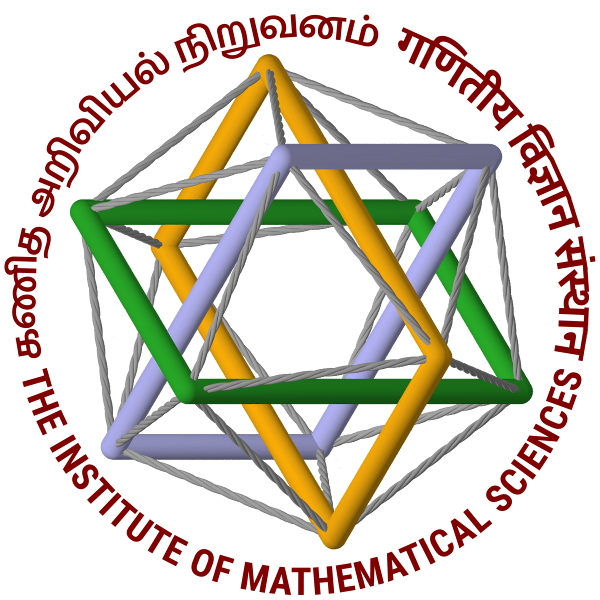A national institute for research in the theoretical sciences
Upcoming Events
Aug 05
14:00-15:15
14:00-15:15
Sinnou David | Sorbonne University
Mathematics Seminar | Media Centre
Aug 07
11:30-13:00
11:30-13:00
Arnab Rudra | IISER Bhopal
Physics Seminar | Alladi Ramakrishnan Hall
Aug 08
11:30-13:00
11:30-13:00
Samim Akhtar | IMSc
Thesis Defence | Alladi Ramakrishnan Hall
Aug 09
09:00-18:00
09:00-18:00
Dr. Himalay Senapati and Dr. Arjun Arul | IMSc
Institute Colloquium | Ramanujan Auditorium
Aug 10
09:00-18:00
09:00-18:00
Dr. Himalay Senapati and Dr. Arjun Arul | IMSc
Institute Colloquium | Ramanujan Auditorium





